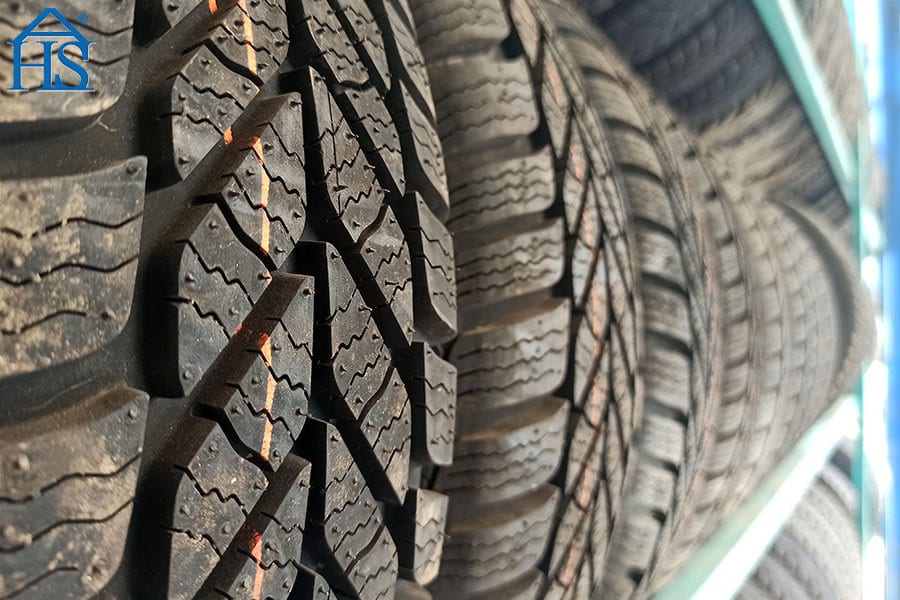The shelf life of microsilica
The shelf life of microsilica can vary depending on the specific product and storage conditions. However, most microsilica products have a shelf life of 12-18 months when stored in their original packaging and recommended storage conditions. These conditions typically include:
- Dry environment: Microsilica should be stored in a dry environment to prevent moisture absorption, which can cause clumping and reduce its effectiveness.
- Room temperature: Ideally, microsilica should be stored at room temperature (between 10°C and 35°C).
- Out of direct sunlight: Direct sunlight can degrade the quality of microsilica over time.
How to extend the shelf life of microsilica?
Due to the small specific gravity of the heap of microsilica powder (0.18-0.23t/m3), it is not easy to store and transport, so scientists have carried out extensive research. There are generally several methods:
1. silicon powder granulation, ballooning to increase the specific gravity of the heap after storage
The Soviet Union, Japan, Norway have successfully researched the microsilica granulation, ballooning vibration machinery, some do not match any viscous complexing agent, some add a small amount of sodium silicate into the alkali metal hydroxide. Allegedly made of ball particles generally 6-30mm size, drying at a temperature of 200-250 ℃, or 900 ℃ roasting made of microsilica powder particles with high strength. Japan, the Soviet Union, the United States also applied for a patent for silicon powder ball, the establishment of a ball-making workshop.
2. Hydration slurry
Norwegian smelters will be mixed into 60-65% of the silicon powder water, vibration mixing into a slurry, pumped to the concrete plant for use. Swedish companies use 50 / 50 ratio of water will be made of silica powder slurry, storage, transportation. The United States has successfully studied the preparation of a stabilized hydrate acidification treatment method to deal with dust, with this method of treatment, after the watery suspension can be kept stable activity, and at any time to obtain a good re-separation. Soviet factory with CB92-1A type concrete automatic mixing mechanism silica fume paste, so that the density of silica fume progress to 1.25-1.3t/m3.
3. silica fume densification
Norwegian companies have developed a successful silicon powder densification equipment. According to the introduction, after densification of silicon powder heap specific gravity of more than 3 times. Some manufacturers of silica alloy smelting produced a large number of silica dust constantly research and exploration, looking for reliable sales, in addition to the discovery of the above valuable uses, but also found that this dust can be used for refractory production, for the end of the material, anti-sintering agent. For example, the former Soviet Union, the use of silica dust to produce resins and other polymer organic compounds based on polymer products, and used as a substitute for black, silica, talc, asbestos, gas solvents, and other things, as an additive material. In addition, silica dust can also be used to improve the soil. For example, silica fume and cellulose factory or wood processing plant waste bark and other wastes, after processing the formation of a mixture of substances, can enhance soil fertility.





